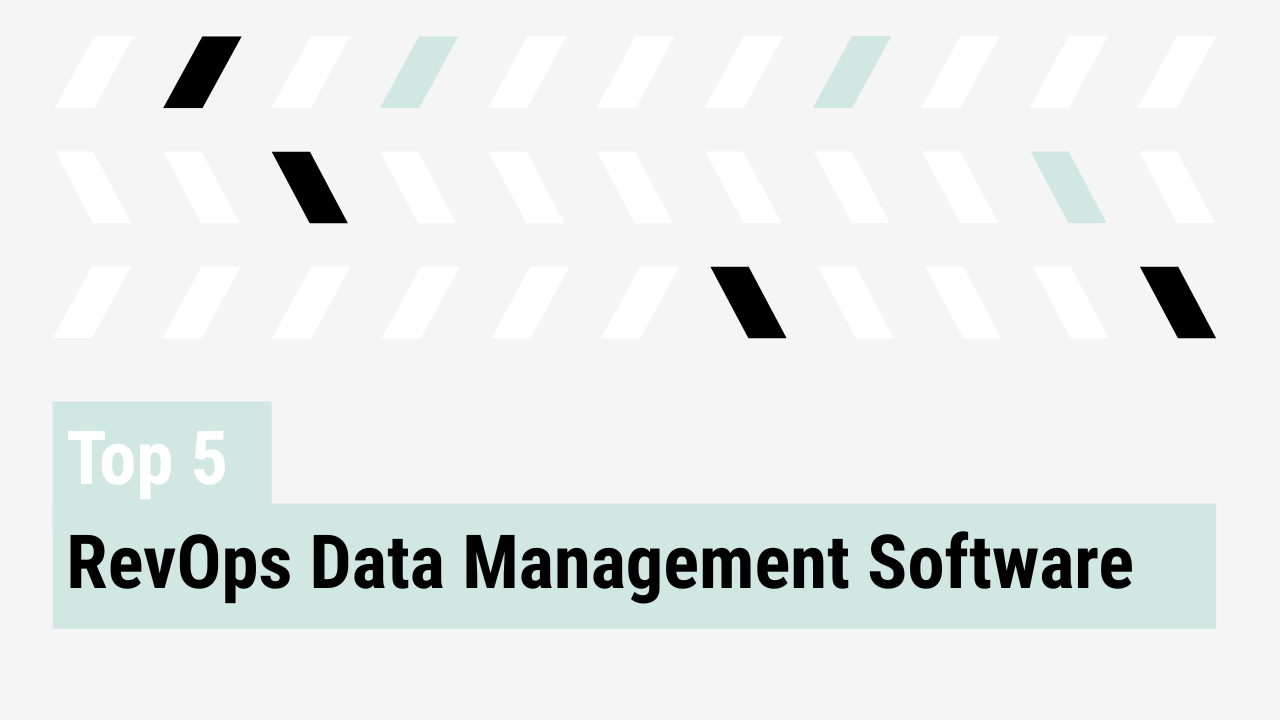Turning a Yearly Pain Point into a Strategic Advantage
As planning season ramps up, many GTM leaders find themselves buried in spreadsheets, chasing approvals, and trying to finalize compensation plans before the new year begins.
But compensation planning doesn’t have to be an operational scramble. When handled strategically, it can become one of the most powerful levers for shaping revenue outcomes, aligning GTM teams, and earning credibility in the boardroom.
Recently, James Geyer, Co-Founder of AccountAim, joined Ryan Milligan, VP of Sales, Marketing, and RevOps at QuotaPath, to discuss how leading teams approach compensation planning as an ongoing system for growth.
Why comp planning takes so long and how to fix it
Compensation planning often drags on because it’s treated as a late-stage finance exercise instead of a cross-functional initiative. RevOps teams rush to finalize plans after revenue targets are set, looping in stakeholders too late, only to encounter CFO objections, rep confusion, and last-minute recalculations.
A stronger approach starts months earlier. Effective teams:
- Involve every stakeholder early, from sales leadership to finance to the reps themselves.
- Model worst-case commission scenarios so the CFO isn’t blindsided.
- Anchor comp design in business goals, going beyond just revenue targets.
By turning comp planning into a proactive, collaborative process, RevOps leaders can move from being administrators to being architects of revenue strategy.
Comp plans are behavioral design
At its core, a comp plan is a behavioral system designed to motivate specific actions across your GTM org.
The best operators use compensation to drive focus where it matters most: whether that’s multi-year contracts, product adoption, or improved retention. For example, one of QuotaPath’s customers moved from mostly month-to-month deals to 85% of customers on two-year contracts. They redesigned their comp plan to reward longer-term commitments.
The takeaway for RevOps is that every part of the plan should reflect the company’s core metric for success in the upcoming year. Whether it’s gross revenue retention or net new ARR, compensation should nudge every role (marketing, BDRs, AEs, CS) toward the same measurable outcome.
Aligning every role around shared metrics
A common misstep in compensation design is isolating metrics by team. Sales is measured on new business, customer success on renewals, marketing on pipeline. No one is truly incentivized to work toward the same revenue quality goals.
When comp plans align around shared success metrics, behavior changes:
- Marketing generates pipeline from high-retention ICPs.
- BDRs prioritize qualified prospects with long-term potential.
- AEs push for multi-product, multi-year contracts.
- CS teams focus on early renewals and adoption milestones.
That alignment turns the comp plan into a company-wide operating system. One that connects every GTM motion to the business’s most important financial goals.
Rolling out and iterating on comp plans
The rollout is where even good plans can fail. Too often, comp plans are dropped on teams in January with little context or input. Instead, RevOps leaders should treat rollout as a chance to communicate strategy and build trust.
Effective rollouts:
- Involve top performers early and use their feedback to refine details.
- Present the “why” behind every change, tied to company priorities.
- Use back-testing to show how last year’s results would’ve looked under the new plan.
- Set quarterly reviews to assess whether accelerators are actually shifting behavior.
Small, frequent adjustments (like changing accelerators or spiffs) are far more effective than rewriting the plan midyear. This keeps the plan stable while still giving leadership room to adapt to evolving business goals.
Audience Q&A highlights
During the session, the audience raised practical questions every RevOps team faces:
- How often should we update comp plans?
Most teams only change core plans once a year, but rotate accelerators or SPIFFs quarterly to stay agile without confusing reps. - What’s the ideal OTE split for different roles?
Roles with direct control over outcomes (like AEs) should have higher variable percentages — often a 50/50 split. As control decreases (for AMs, BDRs, or marketing), a 70/30 or 80/20 model is more sustainable. - How should we handle comp for services or usage-based revenue?
Non-recurring or consumption-based revenue should carry lower rates than ARR. Many teams use hybrid models, paying partially upfront based on forecasted usage, with true-ups tied to actual consumption to avoid clawbacks.
Each question reinforced the same principle: your comp plan is a living system that shapes how your teams behave, forecast, and grow.
Watch the full webinar: Sales Compensation Planning Best Practices
For a deeper dive into the frameworks, modeling tips, and examples discussed by James Geyer and Ryan Milligan, watch the full session below.
The conversation walks through how real RevOps and finance teams are simplifying comp design, accelerating rollout, and tying plans directly to business outcomes.
Using Compensation Planning as a Strategic Advantage
When compensation planning is built on data and intention, it becomes a competitive advantage. It’s how GTM and RevOps leaders earn trust from the C-suite, by showing that strategic compensation can shape the company’s revenue engine.
AccountAim centralizes GTM data to make planning faster and smarter. QuotaPath turns those comp models into actionable plans that motivate teams and drive revenue quality.
Together, they give GTM and RevOps leaders the clarity, control, and confidence to build comp plans that truly move the business forward.


